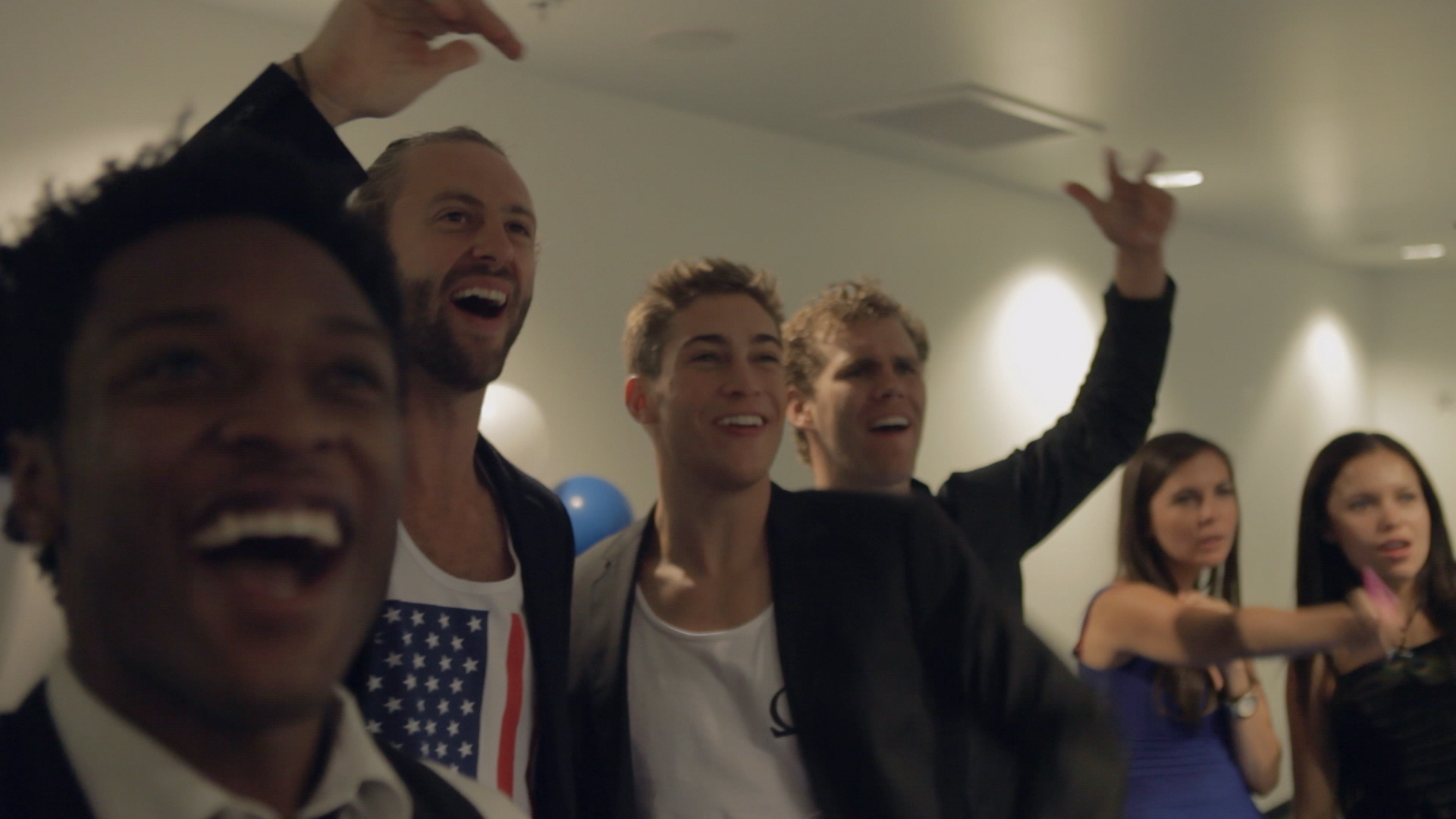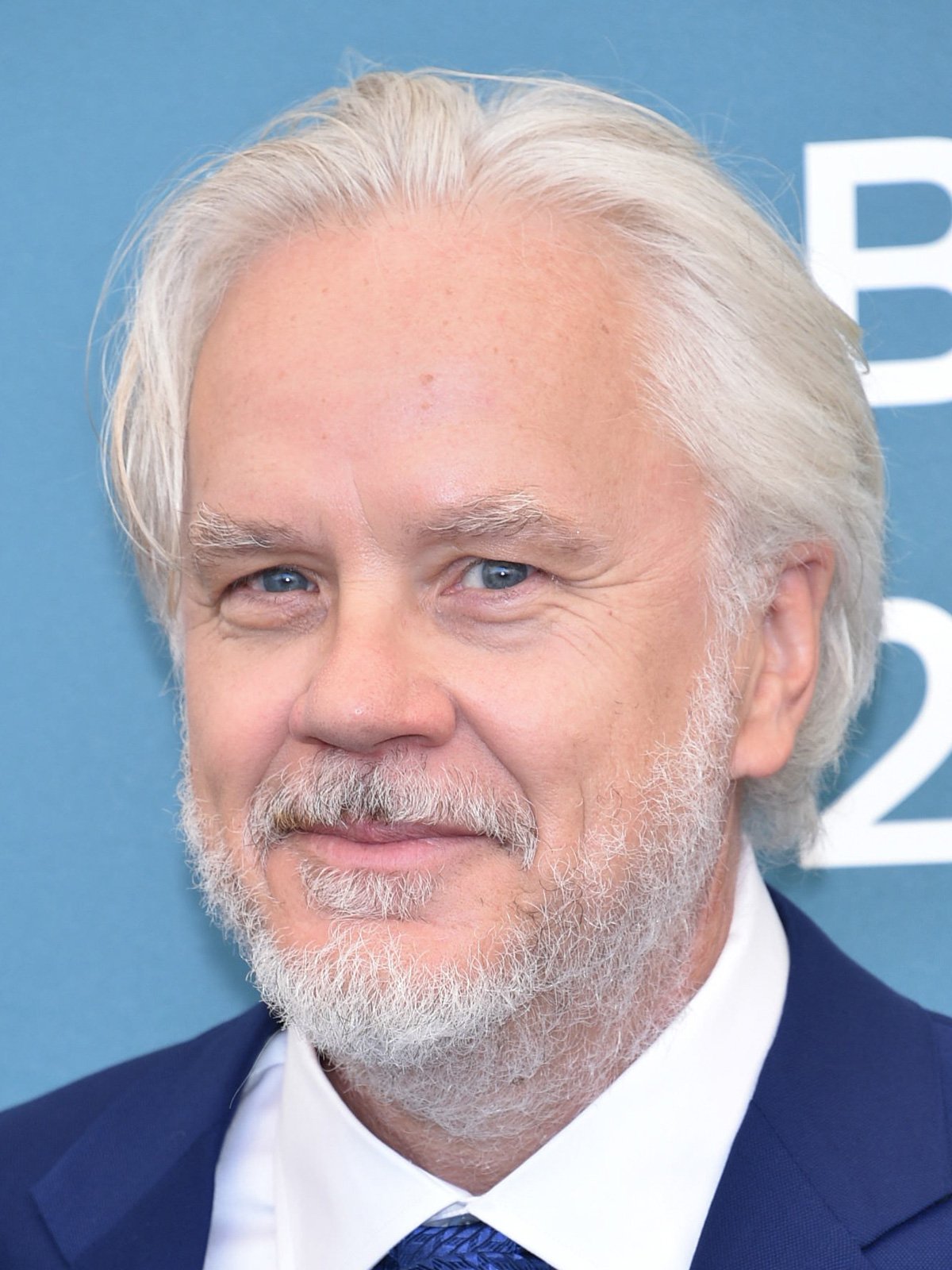

If a shop is there, they will spend their money," Robbins said. "If 100 people come to the theatre they will have something to eat. The resulting labour income amounted to nearly $US1.1 billion. The report's executive summary said that in 2014, more than 8500 workers were employed in Culver City's creative industries, which include visual and performing arts, fine arts, entertainment, architecture, publishing and fashion. "It's part of our own branding – what we're trying to do in terms of being a centre of cultural activity," said Clarke, who shared a copy of a report the city commissioned from the Los Angeles County Economic Development Corporation, The Creative Economy of Culver City. That corridor begins in the east with the Ivy Substation and the Actors' Gang, calls Centre Theatre Group's Kirk Douglas Theatre the midpoint, and terminates in the west with Veterans Memorial Complex, the Wende Museum and United States Veterans' Artists Alliance. It has been transforming communities, and that's just from a pure business standpoint."Ĭulver City mayor Jim Clarke points to the city's 2.2-kilometre "Cultural Corridor" as a prime example of how a healthy investment in the arts can lead to large-scale revitalisation on an urban area. "For years the NEA has been creating economic engines throughout the country. "The idea that art or theatre or music is some kind of luxury is misguided," he said. When there is a nationalistic or fascistic strain in government, why are the first people they target artists and intellectuals, writers of books? Tim Robins Robbins said the city was transformed by nurturing the arts since before the Actors' Gang moved there from Hollywood in 2005, thanks to affordable rent made possible by the Culver City Redevelopment Agency. "It subversively gets kids into Shakespeare," Robbins said, "because the words are from the plays, it's just that they're being said by characters they identify with." Of that $US25,000, more than $US17,000 went to pay artists and crews, nearly $US3000 covered other production expenses, $US1800 went to buy permits and licences and an additional $US3000 went to union fees. Harry Potter 'Hamlet', for example, or Pokemon Go! 'Romeo and Juliet'.
#Tim robbins kids free#
Last year it received $US25,000 to support its free Shakespeare in the Park, a summer affair tailored to attract families through popular-culture adaptations of the Bard's famous works. The Actors' Gang has received $US138,000 from the NEA in the form of nine grants since 2003. In 1981 he became the founding artistic director of the Actors' Gang, a theatre company that has made community outreach, through educational programs in local schools and California prisons, its hallmark. Paying it forward did not begin and end with taxes for Robbins.

Tim Robbins and Morgan Freeman in The Shawshank Redemption. By the time I was 10 years older, I was making the kind of money where my tax dollars were insane compared to what they had invested." "Within 10 years the pay-off to the government was millions of dollars," Robbins said with a sly grin. He figures that when all was said and done, the government invested about $US600 in him through the NEA. That $50 job lent legitimacy to Robbins' developing career, so he kept at it for three summers. He is speaking in the lobby of the Ivy Substation, which houses his theatre company, the Actors' Gang – itself a recipient of NEA funding for youth mentorship programs. "We were doing a social satire, exposing hypocrisy and corruption, and I remember thinking what a great country I live in that its government can support this theatre company in its dissent," Robbins said. His pay was $US50 per week, and he could not believe his good luck. He was a gangly 15-year-old performing street theatre in New York with Theatre for the New City.

It was through a grant from the National Endowment for the Arts. Tim Robbins remembers the first time he was paid as an actor.


 0 kommentar(er)
0 kommentar(er)
